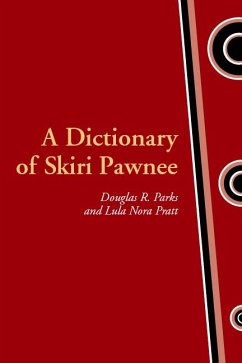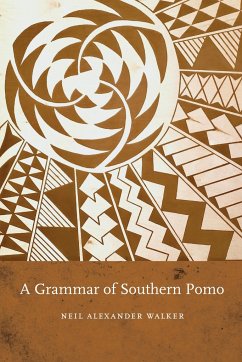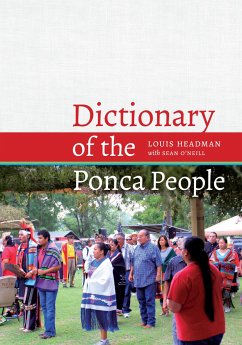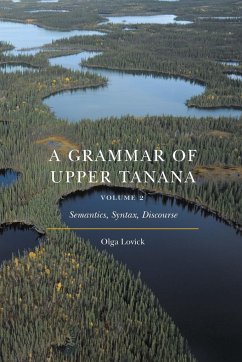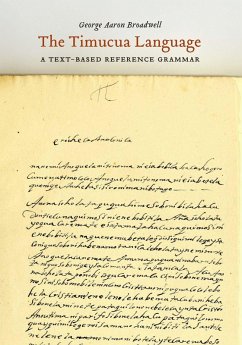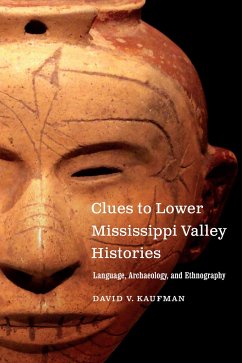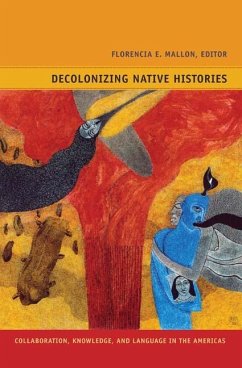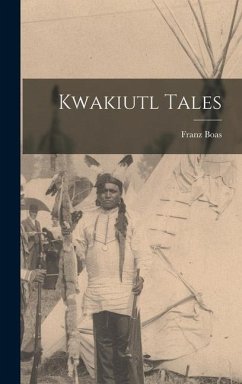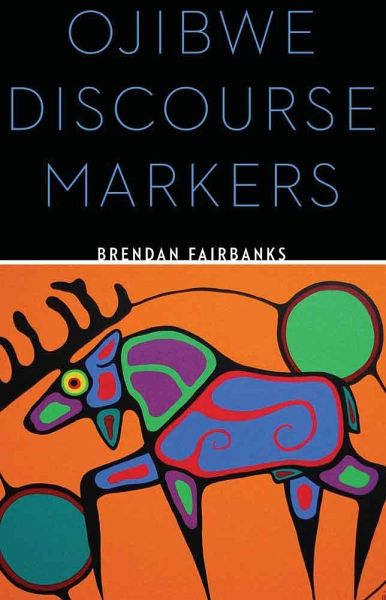
Ojibwe Discourse Markers
Versandkostenfrei!
Versandfertig in über 4 Wochen
65,99 €
inkl. MwSt.
Weitere Ausgaben:

PAYBACK Punkte
33 °P sammeln!
Published through the Recovering Languages and Literacies of the Americas initiative, supported by the Andrew W. Mellon Foundation Brendan Fairbanks examines the challenging subject of discourse markers in Ojibwe, one of the many indigenous languages in the Algonquian family. Mille Lacs elder Jim Clark once described the discourse markers as “little bugs that are holding on for dear life.” For example, discourse markers such as mii and gosha exist only on the periphery of sentences to provide either cohesion or nuance to utterances. Fairbanks focuses on the discourse markers that are the m...
Published through the Recovering Languages and Literacies of the Americas initiative, supported by the Andrew W. Mellon Foundation Brendan Fairbanks examines the challenging subject of discourse markers in Ojibwe, one of the many indigenous languages in the Algonquian family. Mille Lacs elder Jim Clark once described the discourse markers as “little bugs that are holding on for dear life.” For example, discourse markers such as mii and gosha exist only on the periphery of sentences to provide either cohesion or nuance to utterances. Fairbanks focuses on the discourse markers that are the most ubiquitous and that exist most commonly within Ojibwe texts. Much of the research on Algonquian languages has concentrated primarily on the core morphological and syntactical characteristics of their sentence structure. Fairbanks restricts his study to markers that are far more elusive and difficult in terms of semantic ambiguity and their contribution to sentences and Ojibwe discourse. Ojibwe Discourse Markers is a remarkable study that interprets and describes the Ojibwe language in its broader theoretical concerns in the field of linguistics. With a scholarly and pedagogical introductory chapter and a glossary of technical terms, this book will be useful to instructors and students of Ojibwe as a second language in language revival and maintenance programs.





